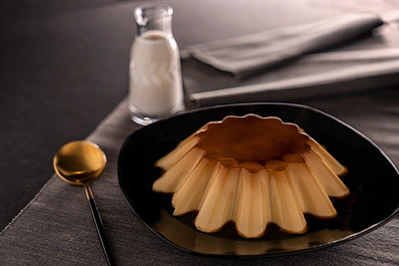| Additive Summary | Malic Acid (E296) |
|---|---|
| Essence | Malic Acid or E296 is an organic acid (alpha-hydroxy) found in many different fruits and berries like watermelons, apples, grapes, cherries, peaches, pears, apricots, and others, and it is typically used as an acidity regulator in foods. This acid is also produced naturally by our bodies. |
| Names | Acide Malique, 2-Hydroxybutanedioic Acid, L-Malic Acid, D-Malic Acid, 2-Hydroxysuccinic Acid, Pomalus Acid, CAS 6915-15-7, E296, Malic Acid, and others. |
| Sourcing | It can be sourced in at least three different ways depending on whether we want the L (natural), D (synthetic), or DL (synthetic) form. Commercially, it is typically either of the two latter. |
| Manufacturing | For this additive, chemical synthesis is a matter of heating Maleic Acid with dilute Sulphuric Acid and doing so under pressure. But other methods also do exist. |
| Application | Acidity regulator (very water-soluble), flavoring, and color stabilizing. |
| Acceptable Daily Intake | None determined. |
| Side Effects | None. But can be harmful to small children if the synthetic form is used due to their incapacity to metabolize it quickly. |
| Benefits | It can improve physical performance and training, promote energy levels, reduce pain, prevent urinary stones, support oral health, and has other benefits. |
| Studies | 4,460+ studies on Pubmed. 120+ studies on safety. |
| Allergens | None. |
| Diet Restrictions | None. |
| Health Knight Assessment | Only Beneficial. | Category 0 Additive. |
| Products | It is decently common in all kinds of supplements like BioTrust Ageless Multi Collagen Fruit Punch, Great Lakes Gelatin Collagen Hydrolysate Apple-Cucumber, Natrol Biotin 5000 Mcg, and others. But it can also be used as the active ingredient as well. It is commonly used in processed foods like fruit juices, desserts, jellies, wine, jams, puddings, tortillas, chips, cereal bars, soft drinks, candy, sweets, pastries, cookies, crisps, yogurts, canned fruit, bread, cocktails, hummus, flavored waters, ice teas, popcorn, energy drinks, sushi, green teas, punch, chocolate, spice mixes, instant coffee, licorice, burritos, pies, sandwiches, biscuits, nachos, sunflower seeds, soups, sauces, spreads, wraps, ciders, plant-based sausages, chewing gum, and many, many other foods. |



